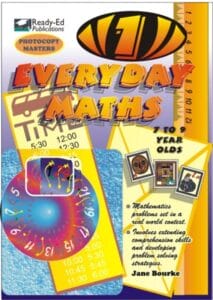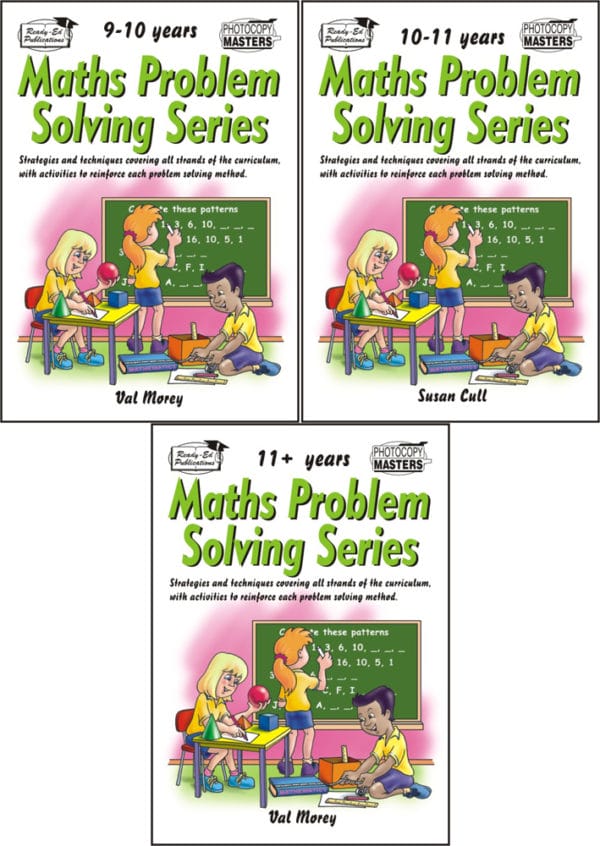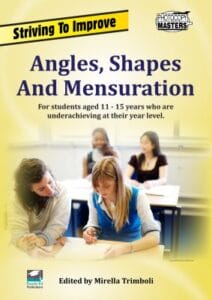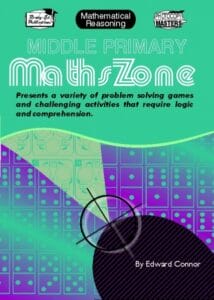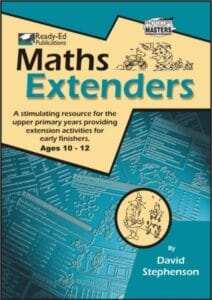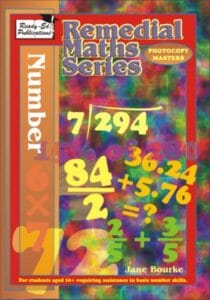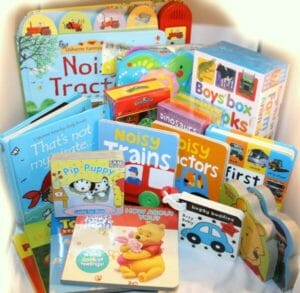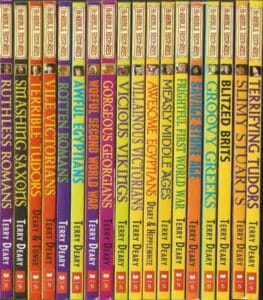Develop the Understanding of Maths using Literacy (10 Top Tips)

When my daughter started in her reception class a very long time ago now, (it seems a long time because she is in year 6 now!), I remember very clearly, her teacher telling me that there is a real push for the pupils to do well in literacy because without it, they will struggle with the maths. It did leave me thinking at the time, and it has taken me 6 years to write about it!
Now, before you judge, I haven’t been lazy… well, maybe a little… but I have had plenty of time to put this into practise and now I am able to give you some advice on how you can really help your child gain a deeper understanding of maths by improving their literacy.
Literacy is embedded across every curriculum area and teachers are expected to teach it in every subject. There is also an increase on the focus on real-world problems in the new GCSE maths which demands higher literacy skills. If you get your child going on the right foot, they will be well prepared when they get to secondary school.
Maths is really about problem solving where there is an expectation of your child to be able to understand the written question. There is also an expectation that your child will be able to explain their answer and how they were able to solve those problems. It’s not always an easy thing to do.
However, if you were to implement certain practises at home, you will soon be able to identify any misconceptions or misunderstandings your child may have about the maths work and easily rectify and correct them.
Here are my top ten tips on how you can use literacy to help your child develop a deeper understanding of maths.
- Get your child to read each question – before they start, get them to break it down and explain the question to you in their own words. Then ask them to explain how they will solve the problem. You will be getting your child to think aloud and see for yourself if they are processing the information correctly. This will really help your child to form a habit of reading the question and taking a step back so they can take in what they are being asked to do. My kids often like to doodle a little diagram to help them understand and that’s fine too.
- Get them to present their answers to you – have your child present their answers to you. Now, you don’t have to do this with every piece of work they do but once in a while, when your child is doing their homework, ask them to explain one or two of their answers to you. This will really help your child to better understand what they are doing rather than just following the examples and rules given to them at school. I will often ask my children, ‘Well, why do you need to divide that?’, and, ‘Is that the only way to answer that question or can you think of another way?’ Yes, it looks like their brains are hurting a little bit but it won’t kill them… promise!
- Expect mistakes – In the process of your children giving you their explanation of how they got to their answer, there is a possibility that your child has made a mistake. Now, don’t be alarmed, that is the whole point. You may find that in explaining their answer, they discovered the mistake themselves.Let them explain what they did incorrectly and what they need to do to correct it. You are really getting your child to work through it all themselves, you are just there to facilitate.
- Let them write down their answers – I can already see my daughter’s annoyed face before I even type my next tip, but trust mummy, it’s all for your own good! Get your child to write down their explanation! Now you know why my daughter gets annoyed! Why? By writing down their explanation, they get the opportunity to practise writing and it gives them a clearer understanding of how they work things out. My daughter has found that in doing so, she was able to find an easier way of working out the problem. Your child could do this by writing out step-by-step instructions, writing a paragraph or even a comic strip!!!
- Get your child to write their own maths problems and see if you can solve them! This is a great way for your child to put their maths literacy into practise. Explain how you solved the problems and ask them to comment on how you did. This is a real confidence booster too, especially if they’ve done some really hard questions and you’re having difficulty, yet they are able to tell you how to solve it.
- Don’t be a helicopter parent – nobody wants to be a ‘helicopter parent’, right? You don’t want to cramp their style and constantly be hovering over them every minute. Give them the space to work independently too so they can grow in confidence and trust their own ability. Having said that, we want to ensure our children are doing the best they can and therefore, we can use something a lot of teachers use in school called the ‘exit slip’ While your child is working away, there is the possibility that they will come across something that doesn’t make sense, or they just don’t understand. Let them continue working but have some slips of paper next to them so they can write down these questions and difficulties they are having on those pieces of paper. Now in the classroom, the teacher will address these in the next lesson because the pupils hand them in as they exit the classroom. In a home setting, you can deal with them the next time you are able to sit down with your child. It also gives you some idea where they’re at and also time for you to do some research if you aren’t too sure yourself!
- Use notes and diagrams – my daughter has little diagrams and very colourfully attractive notes which help her to remember things that have been taught in her maths lessons. She finds these really helpful as a source of reference. Get your child to make their own colourful notes, including formulas, key concepts, etc. These will definitely help with concentration and memory or even make a great display!
- Get your kids to work together – If you have more than one child, get them working together and asking each other real world maths problems. This takes the pressure off you a little and distracts them form fighting all the time. [spacer height=”20px”]My daughters still have their easel from when they were younger because they still like to use it to help them ‘teach’ each other. I love to see them use it to write out their maths problems and new vocabulary and then test each other.
- Get them involved in everyday maths – one of the best things you can do is to get your child involved in every-day maths problems at home. If you are fitting new furniture or a bathroom or measuring up for new carpet, even adapting a recipe, let your child work it out. Get them to solve the problem and explain how it’s done. What better maths than real-life maths?
- Remember vocabulary – lastly, there is a lot of maths vocabulary that your child will benefit from learning. When you are going over maths problems with your child, make a note of the maths vocabulary that you come across and make sure that your child understands what each word means in the world of maths. Get them to use these words when they write their own maths problems.
The key here is using speaking, listening and writing more when your child does maths. They may hate you now, but they will love you for it later.
Downloadable Books to Help Develop the Understanding of Maths Using Literacy. They are ready to use immediately after checkout
-
 Everyday Maths – Book 1 (for ages 7-9) Instant Download£4.50
Everyday Maths – Book 1 (for ages 7-9) Instant Download£4.50 -
Product on sale
 Maths Problem Solving Series Book Bundle ( 3 Instant Downloads)Original price was: £16.85.£12.99Current price is: £12.99.
Maths Problem Solving Series Book Bundle ( 3 Instant Downloads)Original price was: £16.85.£12.99Current price is: £12.99. -
 Striving to Improve Maths (Angles, Shapes And Mensuration) Instant Download£4.95
Striving to Improve Maths (Angles, Shapes And Mensuration) Instant Download£4.95 -
 Maths Zone – Mathematical Reasoning (Instant Download)£6.95
Maths Zone – Mathematical Reasoning (Instant Download)£6.95 -
 Maths Extenders – (Instant Download)£4.95
Maths Extenders – (Instant Download)£4.95 -
 Remedial Maths : Number (Instant Download)£4.50
Remedial Maths : Number (Instant Download)£4.50
Join our mailing list
Sign up to our Emailing List & Get the Latest Information and Offers on Resources
Thank you for joining !
Something went wrong.

